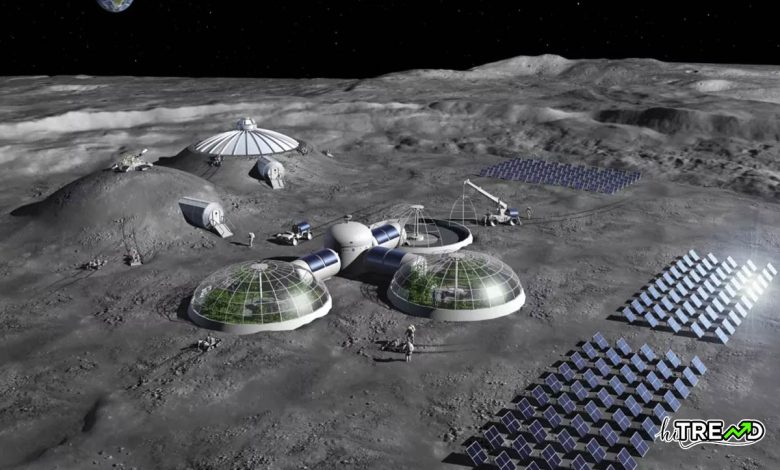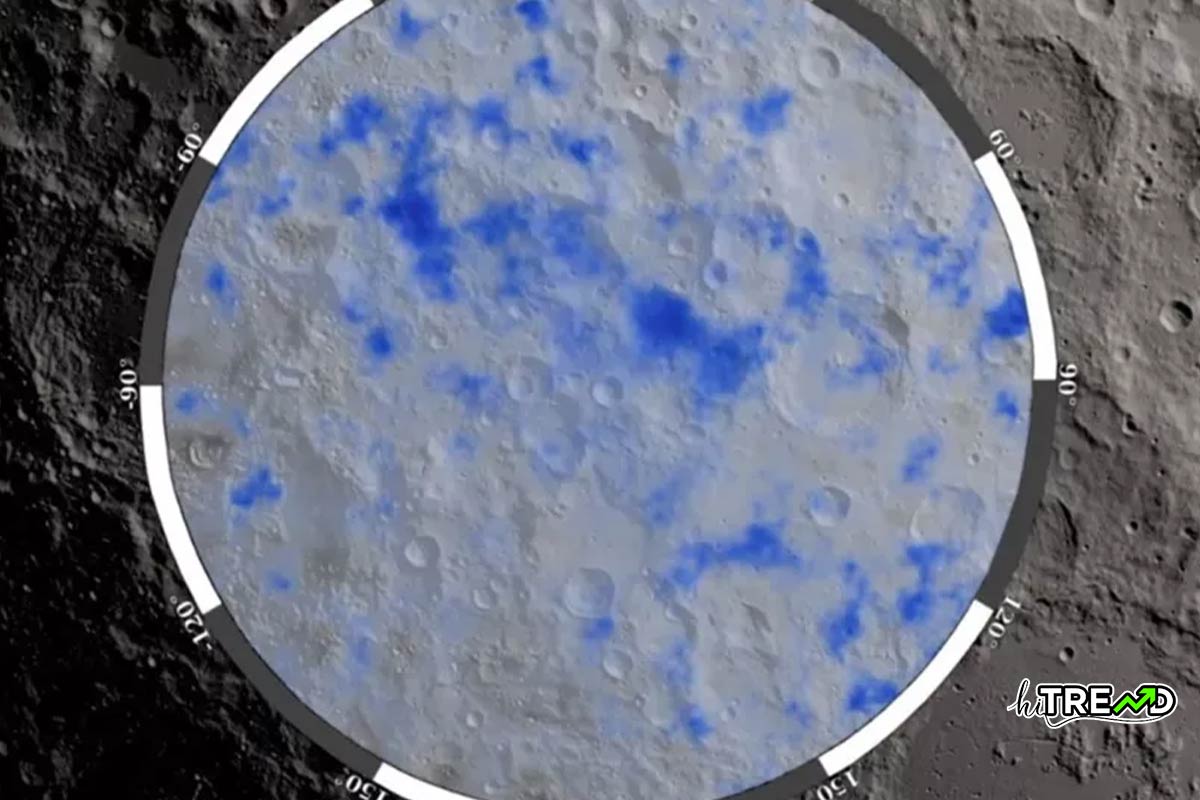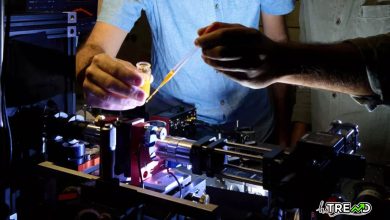Scientists develop breakthrough method for extracting water from lunar soil

Forward-looking: Little by little, humankind’s understanding of the Moon’s water resources continues to advance, giving hope to the possibility that one day it will be able to support permanent human settlements. The latest breakthrough comes from Chinese scientists, who have discovered a method to extract water from lunar soil by harnessing ilmenite’s ability to store and release hydrogen when heated. This innovation could significantly reduce the need for Earth-based resupply missions and enable settlers to eventually grow their own food on the Moon.Scientists develop breakthrough method for extracting water from lunar soil
In a groundbreaking development, Chinese scientists have unveiled a novel technique for extracting water from lunar soil, opening new possibilities for the future human habitation on the Moon. This approach not only promises to provide a sustainable water source for astronauts but also challenges long-held beliefs about the Moon’s arid nature.
You can read more Technology articles
For decades, the scientific community believed
the Moon was devoid of water. Early lunar missions, such as those conducted by Apollo, returned samples that showed no significant evidence of water, reinforcing the assumption that any water would evaporate in the Moon’s low-gravity, vacuum environment. However, subsequent missions like Cassini, Chandrayaan-1, and Deep Impact painted a different picture. These missions detected water-bearing minerals and hydroxyl groups across the lunar surface, with higher concentrations near the poles, contradicting the dry findings of the Apollo missions.
The discovery of water is particularly pronounced in the Moon’s permanently shadowed regions (PSRs) at the poles. These areas, shielded from sunlight, allow water ice to potentially remain preserved for billions of years. Despite the presence of water, it exists in trace amounts, often chemically bonded to minerals in the lunar soil, making extraction a formidable challenge.

A team led by Professor Wang Junqiang has proposed a method to produce water by combining hydrogen, implanted by solar winds, with oxygen in the lunar regolith. This process was tested using samples from the 2020 Chang’E-5 mission, which landed in a hydrogen-rich area. By heating the lunar regolith above 1,200K with concave mirrors, the method can produce at least 50 kg of water from a ton of lunar soil.
Central to this method is ilmenite,
an iron mineral abundant on the Moon. Ilmenite’s unique lattice structure contains sub-nanometer tunnels that trap hydrogen implanted by the solar wind over billions of years. When the lunar regolith is heated, the hydrogen stored in ilmenite reacts with oxygen in the minerals to form water vapor. This vapor can then be collected and condensed into liquid water, offering a viable resource for sustaining human life on the Moon.Scientists develop breakthrough method for extracting water from lunar soil
The team’s paper, “Massive Water Production from Lunar Ilmenite through Reaction with Endogenous Hydrogen,” was published in The Innovation this month.
This method has the potential to produce sufficient water for 50 astronauts daily, according to the scientists, marking a significant step toward establishing a long-term human presence on the Moon. The water can be used for drinking, irrigating plants, supporting longer lunar missions, and paving the way for future space exploration efforts.
Follow HiTrend on X





